I embarked on a cross-country trip to Vancouver and Saskatoon a few weeks back, and I spent most of the Vancouver leg of the trip catching up with friends on the West Coast.
One of the people that I had the pleasure of hanging out with is my friend Alvin from OneMoreWeekToGo, Canada’s leading aviation photography brand and the licensor of many of the airplane-themed banner photos you see on Prince of Travel articles. As a founder of an aviation photography brand, Alvin is also an avid planespotter and one of the biggest names in the global planespotting community.
But speaking of which – what is planespotting, anyway? What’s so exciting about looking at, and taking photos of, airplanes? What are the secrets to getting that perfect shot of a beautiful Airbus A380? And who are the members of this little-known but very passionate community of “spotters” around the world?
I had these questions on my mind, and many more, every time one of Alvin’s stunning photos popped up on my Instagram feed over the years. And so on this trip, I asked Alvin to bring me along on a planespotting session so that I could try my hand at it and learn more about the pursuit myself, and he was more than happy to oblige.
In this post, I’ll begin by sharing with you my maiden planespotting experience, followed by an interview with Alvin from OneMoreWeekToGo about what he finds so exciting about planespotting, what he’s learned over the years as an expert planespotter, and why you might want to give it a try yourself.
https://www.instagram.com/p/CFmq1Ygh0b-/
My First Time Planespotting
Alvin picked me up from the Hilton Vancouver Airport at about 6:30pm in the evening, giving us about an hour and a half of daylight before the sun would set.
Apparently, this early-evening slot was prime spotting hour” here at YVR because a few of the “limited-edition” flights would be landing here around this time: French Bee’s Airbus A350-900 and Air France’s Boeing 777-200ER, both of which were only temporarily using Vancouver as a pit-stop on their way between Paris and Pape’ete, French Polynesia, having swapped out their usual pit-stops in the US due to the COVID-19 travel restrictions for European citizens.
Alvin drives a Tesla, and as we headed towards the airport, he casually opened FlightRadar24 on the car’s LED screen, pointing at one of the little yellow planes that was closest to YVR and saying to me, “Oh, that’s the EVA Air flight from Taipei. I think we’re just going to miss that one.” The life of a planespotter exemplified.
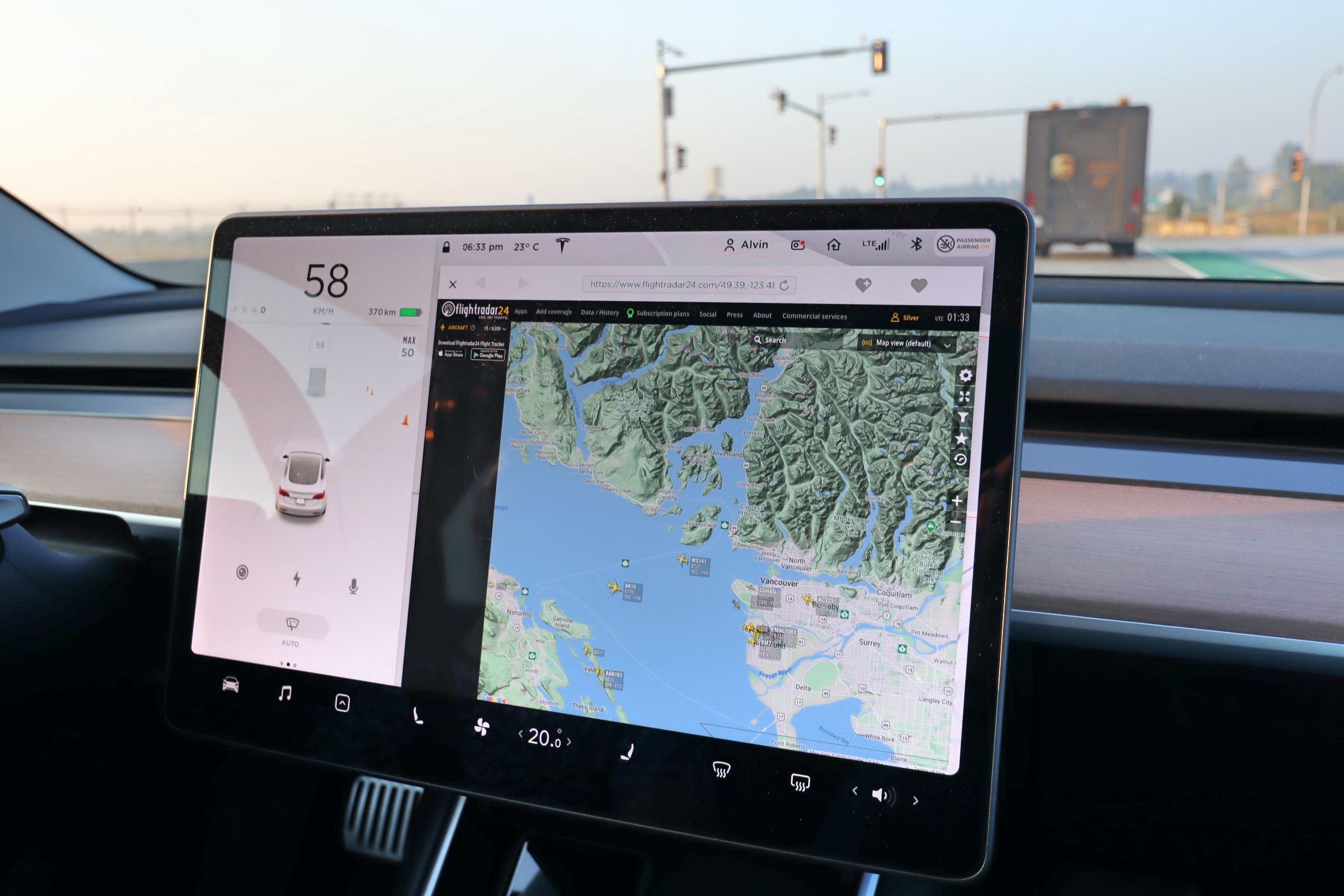
As we drove, it became clear that we weren’t headed towards the airport itself, but rather we soon found ourselves in a barren industrial neighbourhood some distance away. Indeed, Alvin explained to me that we were actually headed for nothing more than a dirt hill. But not just any dirt hill – it was a dirt hill with killer views of the airport’s north runway.
We parked next to a few other vehicles at the entrance to the hill. It sure seemed like the spotters were out in force today, despite the persistent haze in the air thanks to the wildfires from California that weekend.
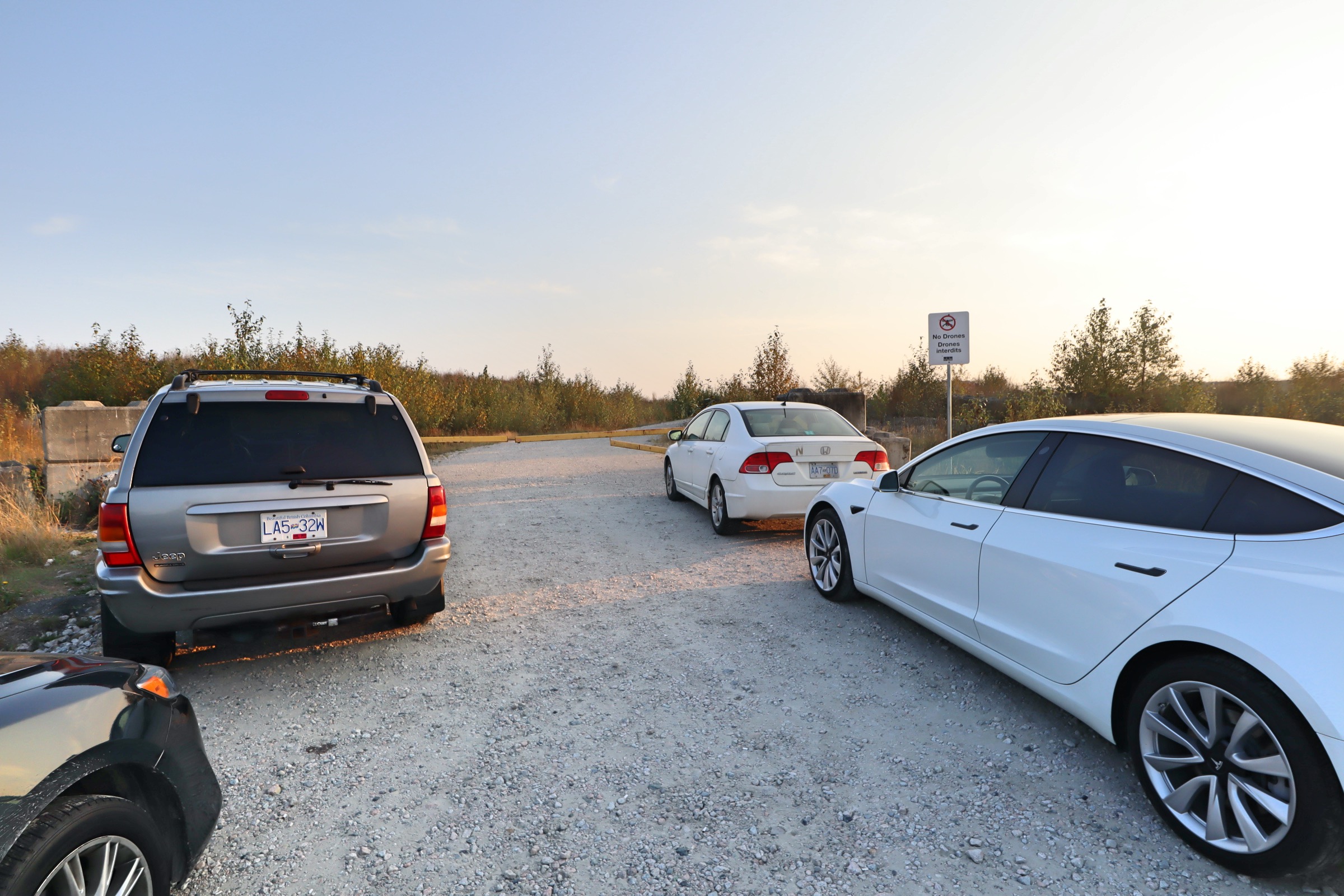
It was a short walk up to the peak of the dirt hill to arrive at the prime spotting location, where we had a very commanding view of the north runway indeed.

Alvin outlined to me the lay of the land here at Vancouver International Airport: there are two parallel runways, north and south, which are commonly used for takeoffs and landings, as well as a third diagonal runway that’s rarely used. Today, we’d be hoping to spot the French Bee A350 and the Air France 777 making their landings here on the north runway, although they could always end up being directed to a different runway based on the ATC’s instructions instead.
The French Bee A350 wouldn’t be arriving for another 20 minutes or so, though, so for now we simply had to wait. Indeed, Alvin emphasized to me that a huge part of planespotting is simply waiting around for the plane to arrive.
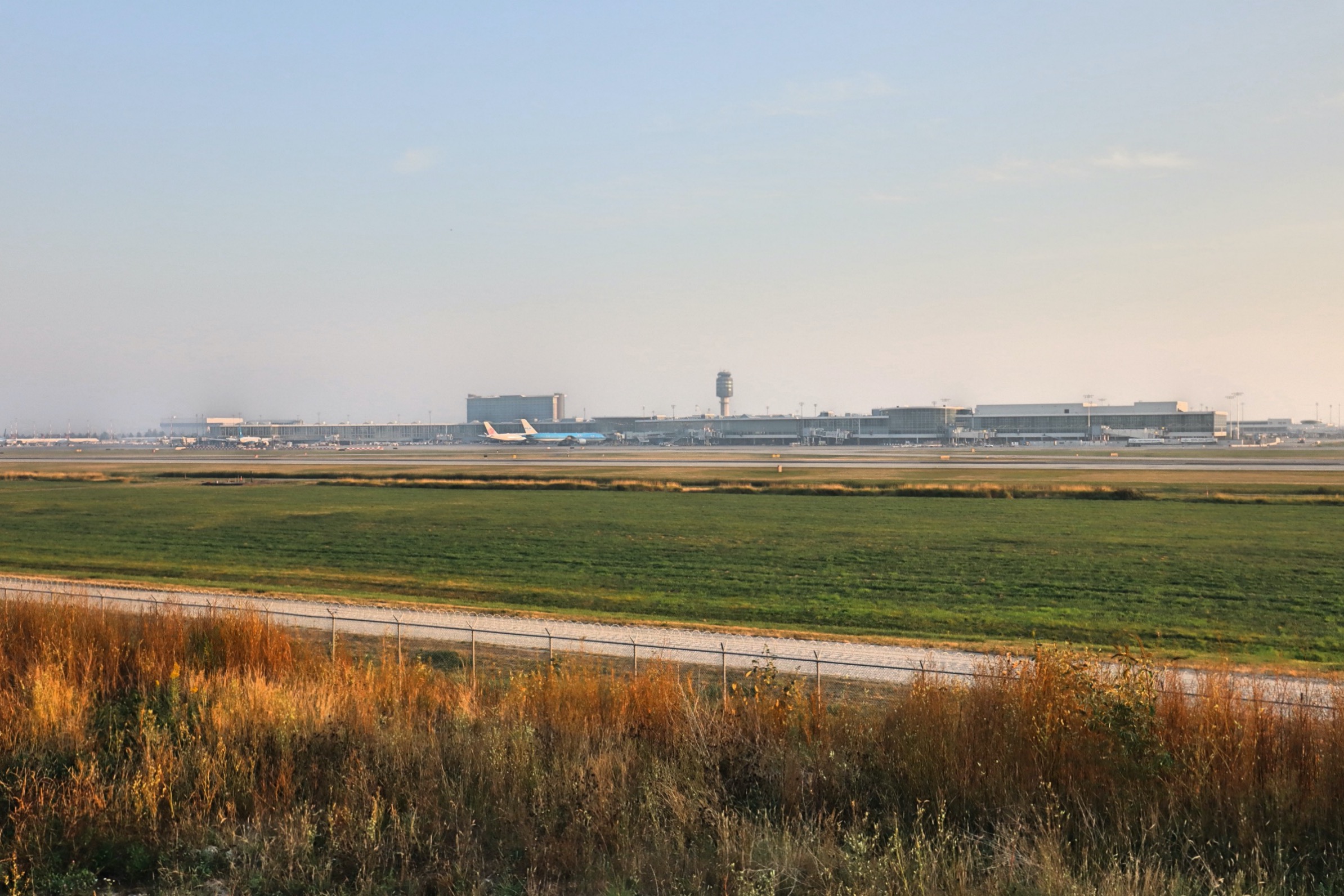
To better keep track of the plane’s arrival, Alvin had with him some essential expert planespotter gear: a radio for listening to the ATC feed. He listened to the radio for a bit, somehow understanding what sounded like unintelligible gibberish to me and concluding that the French Bee A350 would indeed be coming our way in a few minutes’ time.
(Another piece of essential planespotting gear? Bug spray, because otherwise I was getting eaten alive by the mosquitoes here in the overgrown fields on the outskirts of YVR.)
That’s when Alvin whipped out his hefty-duty Sony 200–600mm lens, which must have been about five times the size of my Canon M50 mirrorless camera, and snapped a few practice shots. Now that’s a serious lens!
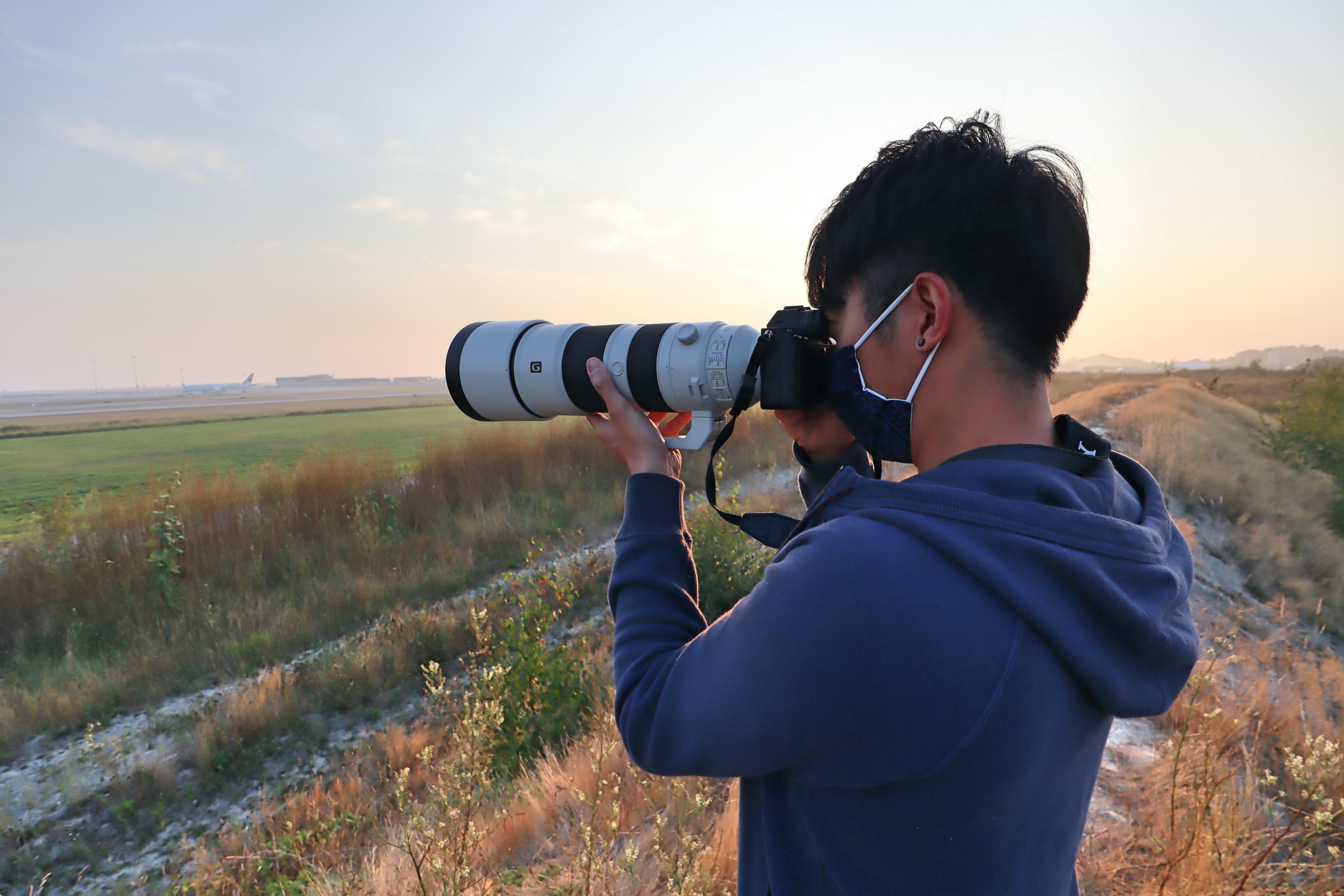
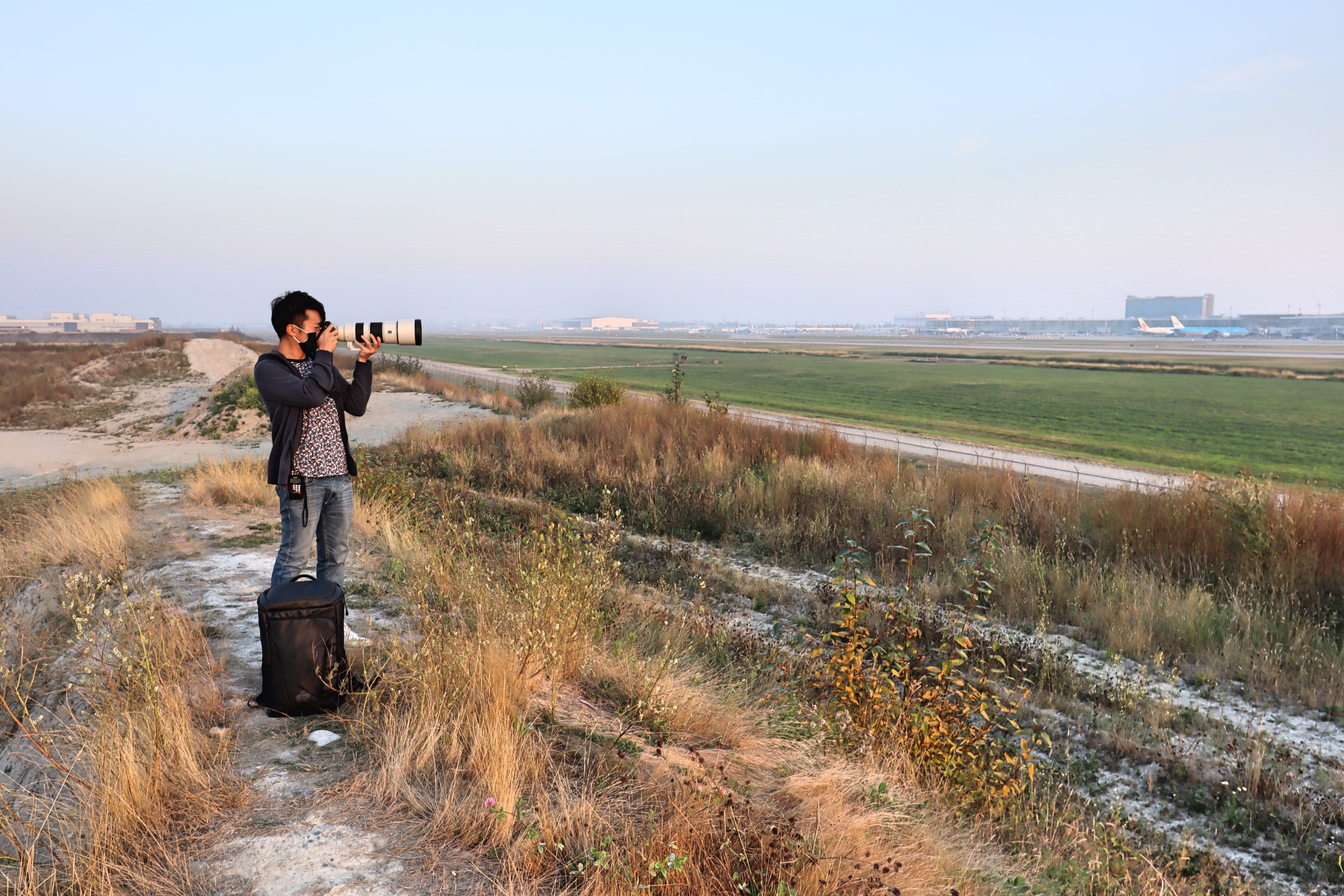
It wasn’t long before the French Bee A350 finally buzzed into view. It was action time! We pointed our cameras, looked through the viewfinder, and let fly on the shutter.
I managed to squeeze out a few shots from my camera… click-click-click. In comparison, Alvin’s much powerful setup went brrrrrrrr, churning out dozens of shots per second as the plane descended onto the runway, the smoke rising from its tires as they hit the asphalt and the brakes kicked into high gear.
Compare the shots I was able to snap on my camera, which are decidedly very average…
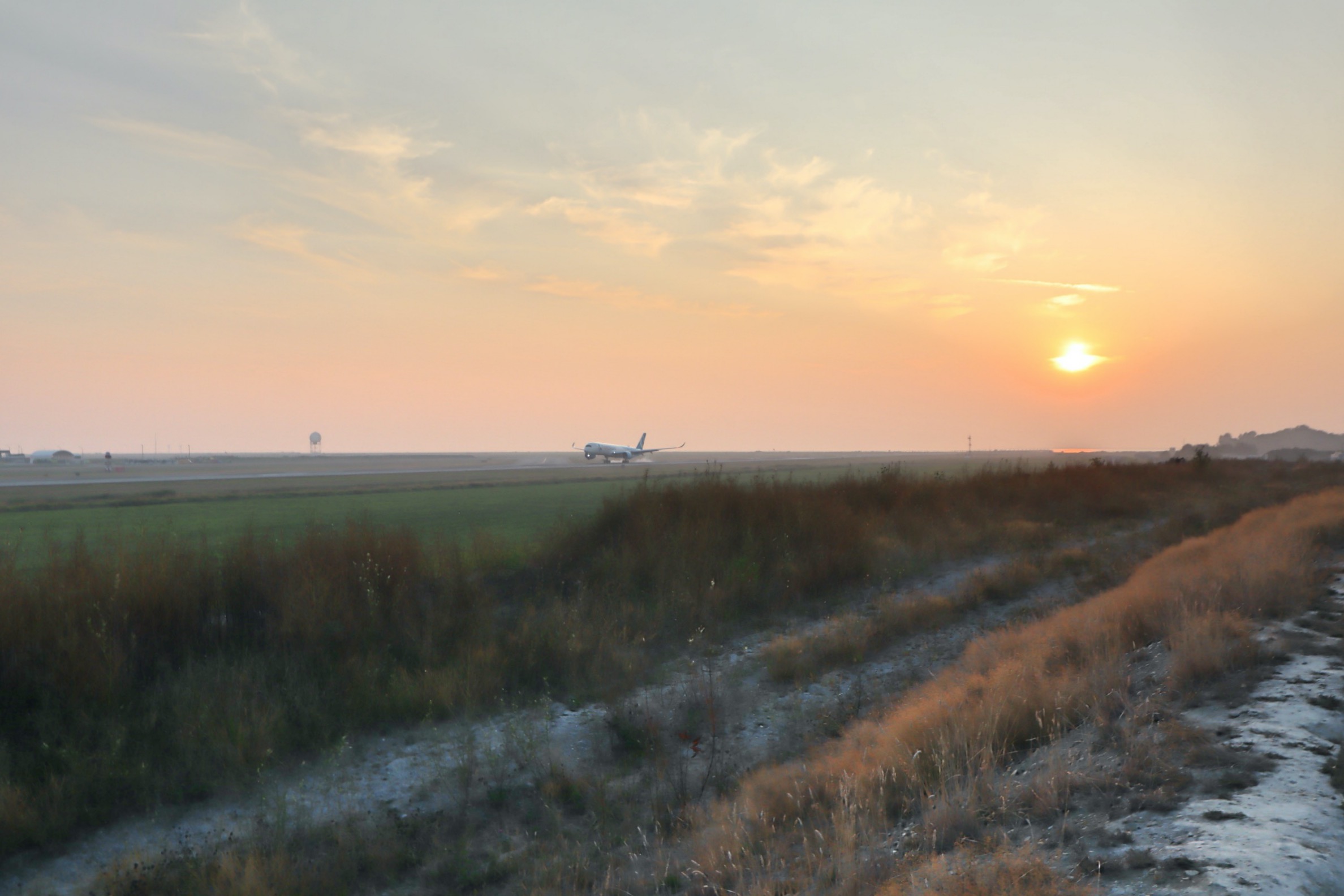
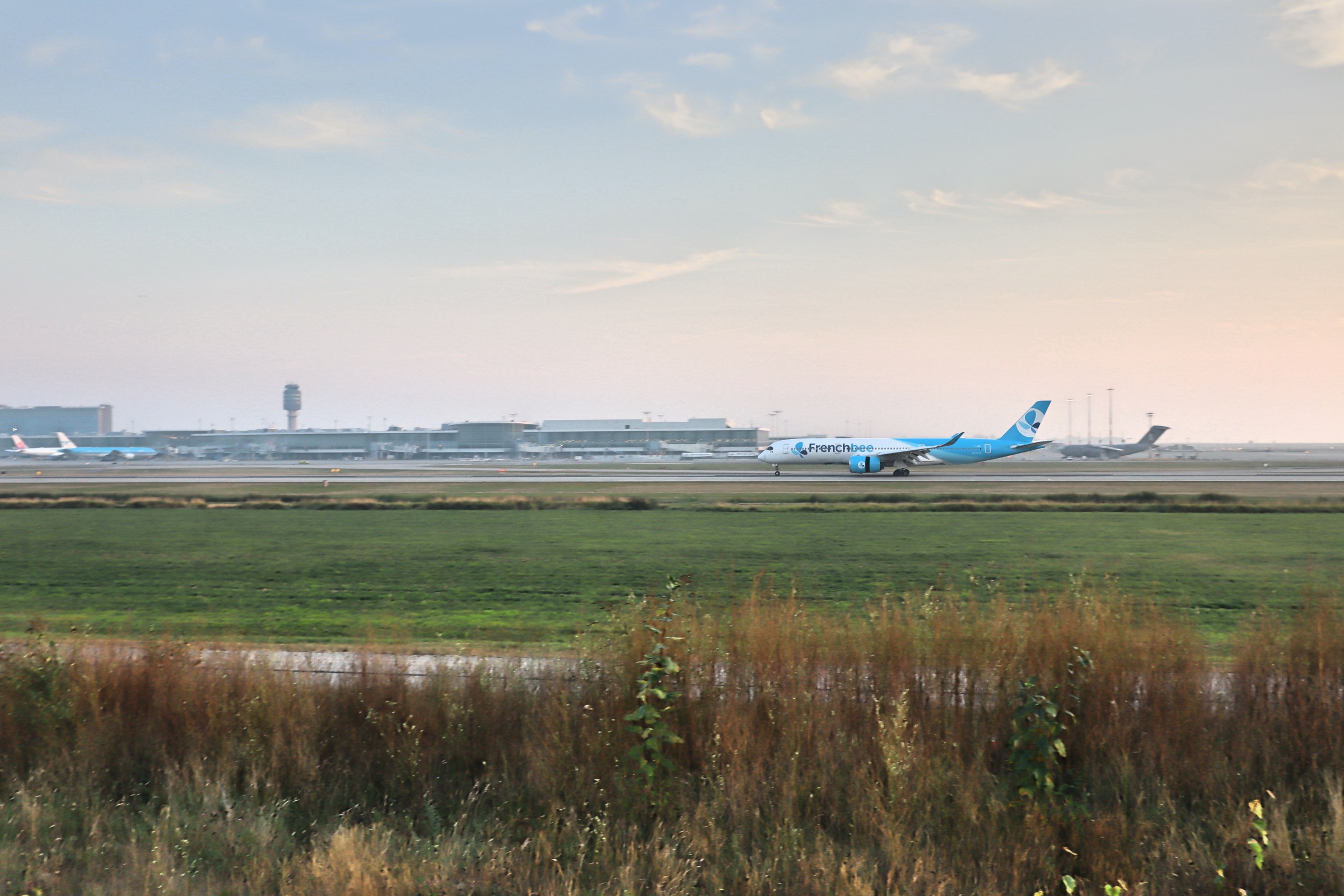
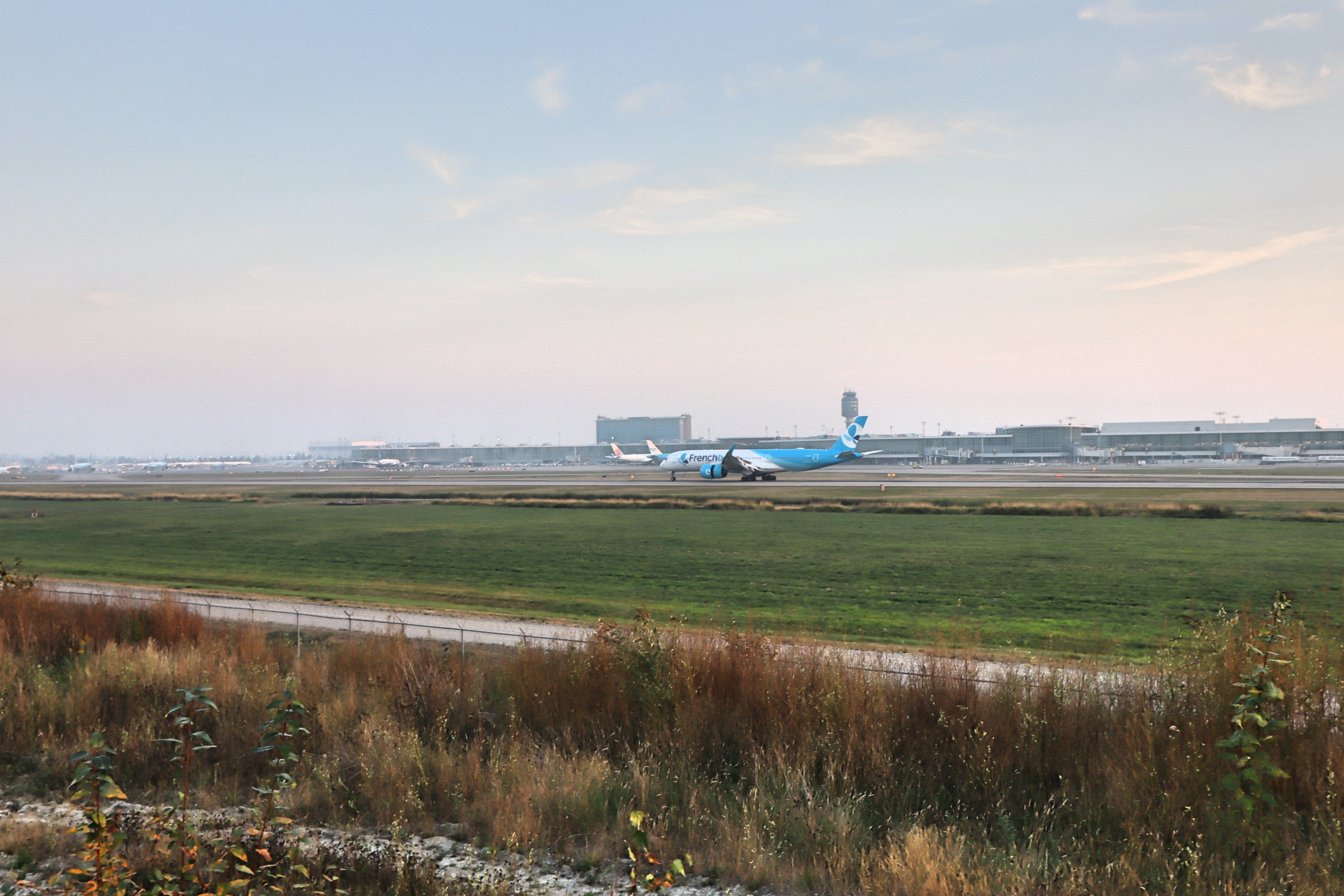
…with the super-zoomed high-resolution action shot that Alvin took (edited in his distinctive OneMoreWeekToGo style)!
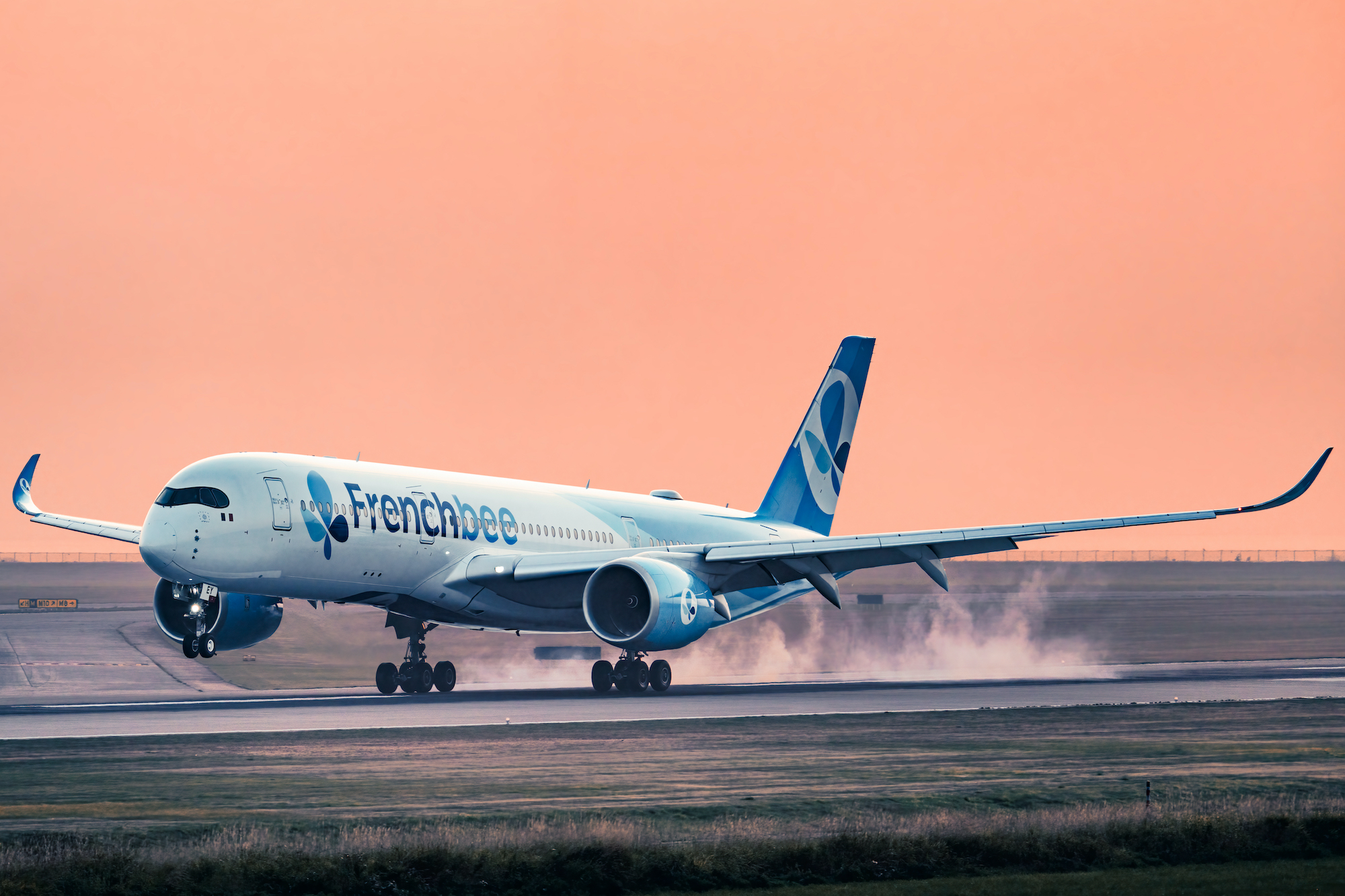
After the French Bee rotated away and headed for its gate, there would be another 20 minutes or so before the Air France “triple” would arrive. In the meantime, we got some practice on a few little planes that came our way, like a few Air Canada and WestJet turboprops hailing from distant lands such as Comox, Cranbrook, and Castlegar.

Soon, it was time to shoot the Air France 777, and this time Alvin allowed me to borrow his behemoth of a camera (after I promised not to accidentally drop it!)
It was tremendously satisfying to be able to catch every frame of the action as the plane made its landing, tracking its motion with my lens in a smooth horizontal motion until it had reached the very end of the runway.
https://www.instagram.com/p/CFP0bV_Ba6u/
I asked Alvin to edit one of my shots in his signature style, and here’s the result:

It would’ve been nice if the weather wasn’t as hazy, but hey, I thought it turned out pretty well for a first-time attempt, if I may say so myself!
The Air France 777’s arrival signalled the end of our planespotting session, because it was getting dark and there’d be nothing interesting (besides Air Canada and WestJet’s little guys) until Cathay Pacific two hours later.
All About Planespotting: Interview with Alvin from OneMoreWeekToGo
With that, we headed off to dinner at Haidilao Hotpot, and during our drive, I decided to record an interview with Alvin with the goal of better understanding planespotting as a pursuit and a phenomenon. Here’s the interview transcribed below, interspersed with some of my favourite work from Alvin’s portfolio over the years.
Alvin, how did you get into planespotting?
It was pretty much an accident, actually. I was going for a bike ride one day with my camera from me and I rode up to one of the dirt hills overlooking the airport, and started snapping pictures of the planes not knowing that there was this whole community of people who were passionate about the same thing. So I just went ahead and posted my pictures and it kind of skyrocketed from there. This was back in around late 2017.
How big would you say the “spotting” community is around the world?
It’s definitely a niche market in the overall world of photographers. But if you go to any airport in Asia or Europe, you’ll definitely find people just around the airport taking photos of the airplanes. So there’s definitely these photographers and spotters at every major airport around the world. I’d say it’s a pretty big community.
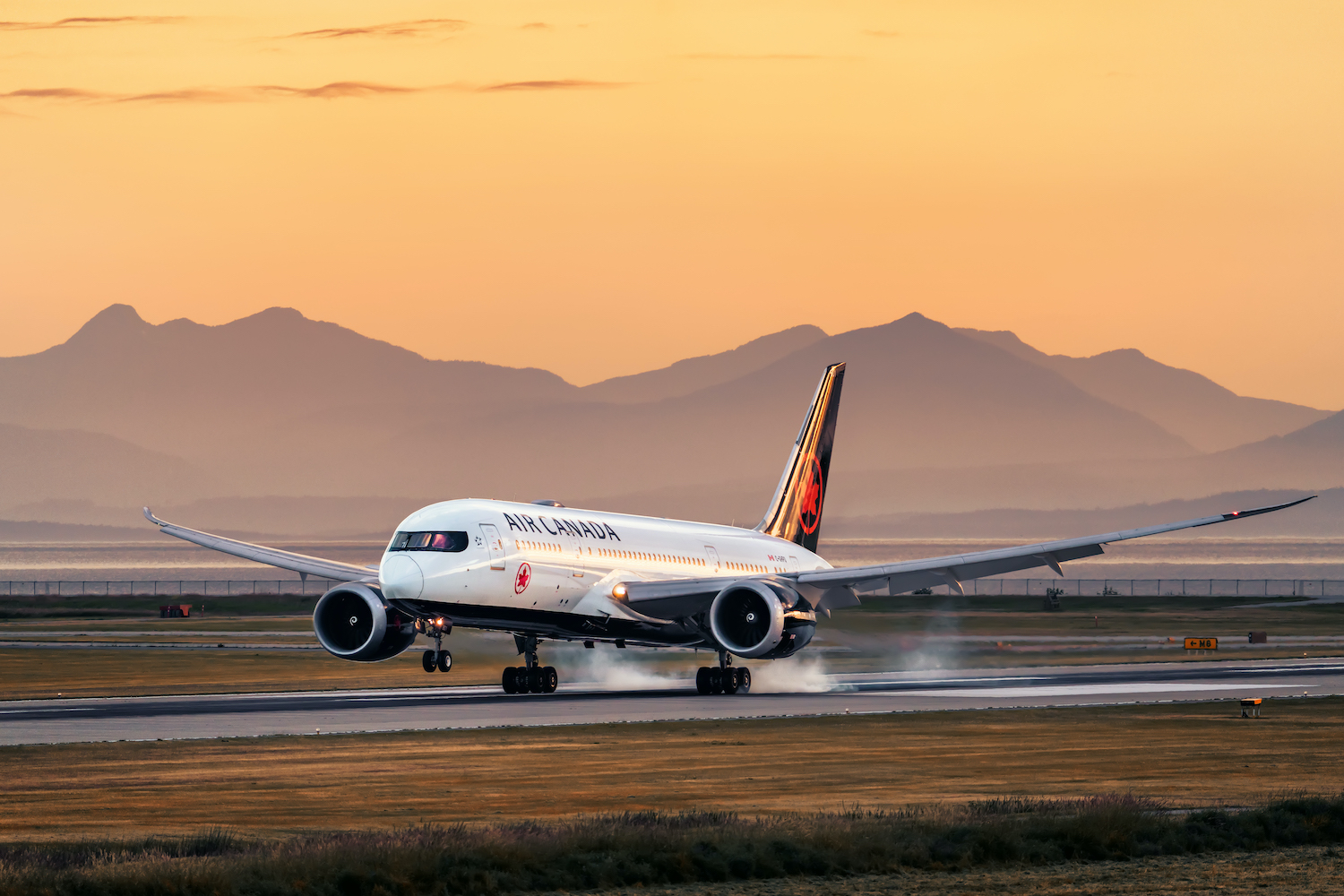
What do you think it is about airplanes that makes them so beautiful to photograph?
For me, personally, when I grew up I always wanted to be a pilot. There was something about airplanes that always caught my attention, it’s hard to describe, but it’s that feeling of being excited to fly, being excited to be on a plane – that feeling of adventure that airplanes offer is something that resonated with me. Capturing photos that in many different ways – different airports, different scenery – is a fun experience for me overall.
The miracle of flight, right?
Exactly.
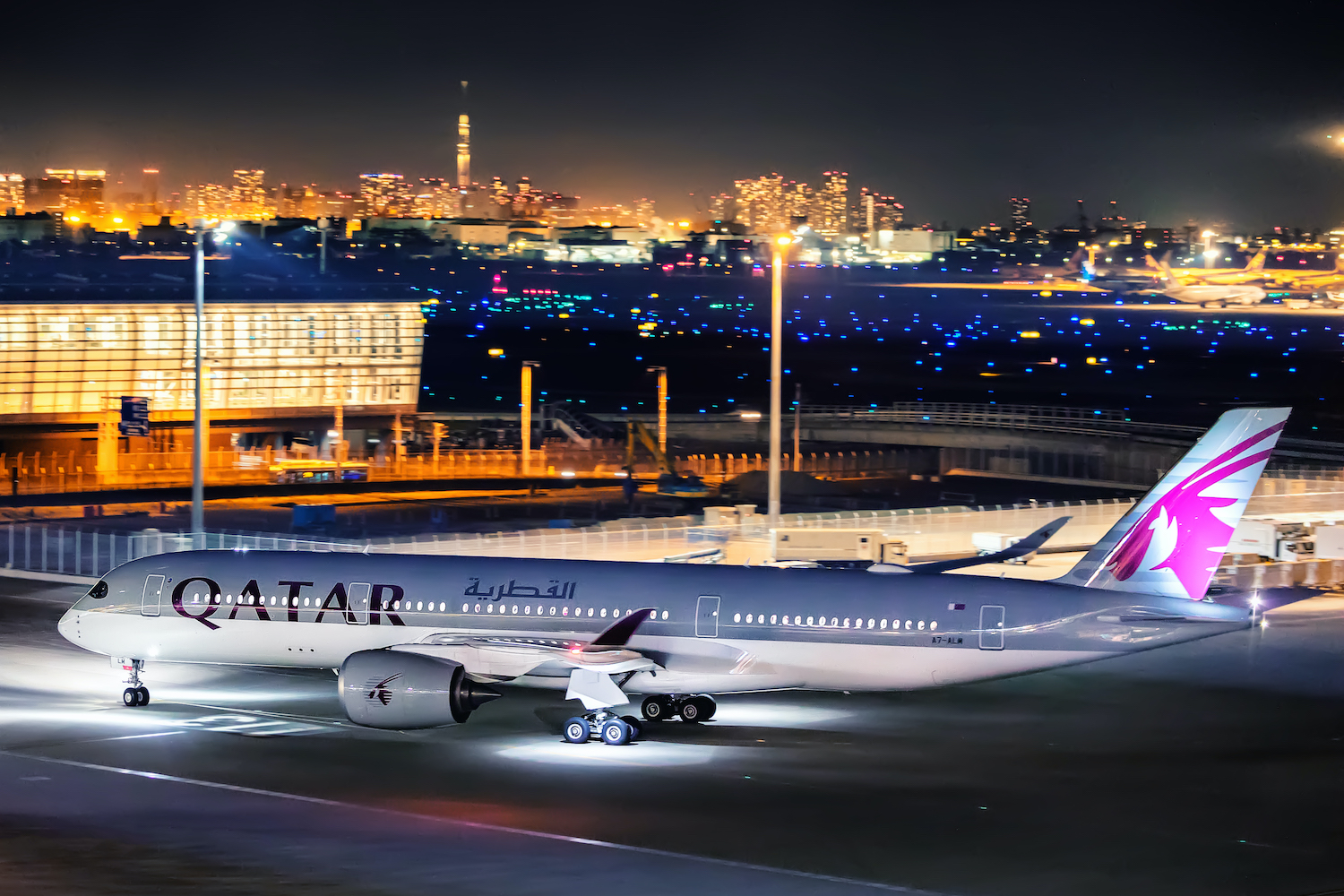
You mentioned different airports in Asia and Europe where dedicated spotters come to take photos. Tell me about the process.
Yeah, we have a whole system around it. We plan out the gear, we plan out which aircraft we want to catch, we sometimes come out at 3am to catch the sunrise. Spotters can even make day trips to the airport, or even “spotting trips” – for example, I’ve personally done a few spotting trips to other airports where the main purpose was to take photographs of planes.
Oh wow. Which airports have you done spotting trips to?
I’ve done most of the Canadian ones – Montreal and Toronto. I’ve also done Tokyo Narita, Los Angeles… Los Angeles is a good one, since there’s so much variety in the traffic that passes through the airport.
Ah, at the famous In-N-Out Burger!
Yes, the In-N-Out Burger is a really classic spot for planespotting.
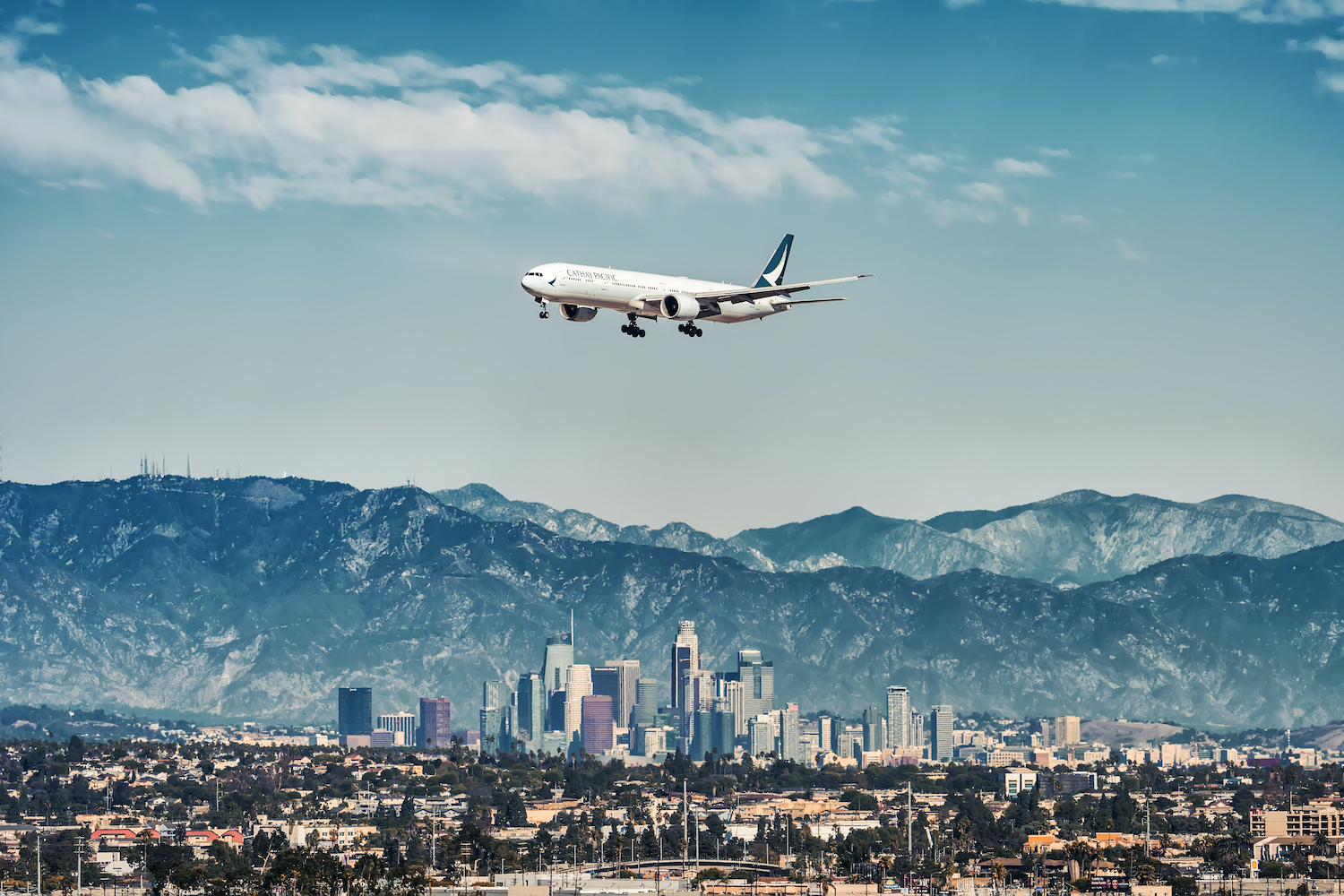
Cool, and any in Europe?
When I took my Europe trip I stopped by Frankfurt and then went to Zurich as well. Zurich has a really cool airport and they actually offer planespotting tours where you can go through the airport and get photos at the gate, at the ramp, etc. It’s actually organized by the local planespotting community!
Really, I didn’t know that. Normally when I’m passing through Zurich I just go to the Swiss Senator Lounge where they have that excellent terrace for planespotting as well.
Oh yeah, yeah. Planespotting from a lounge is pretty cool, since you get to enjoy all the food and drinks while you’re watching planes.
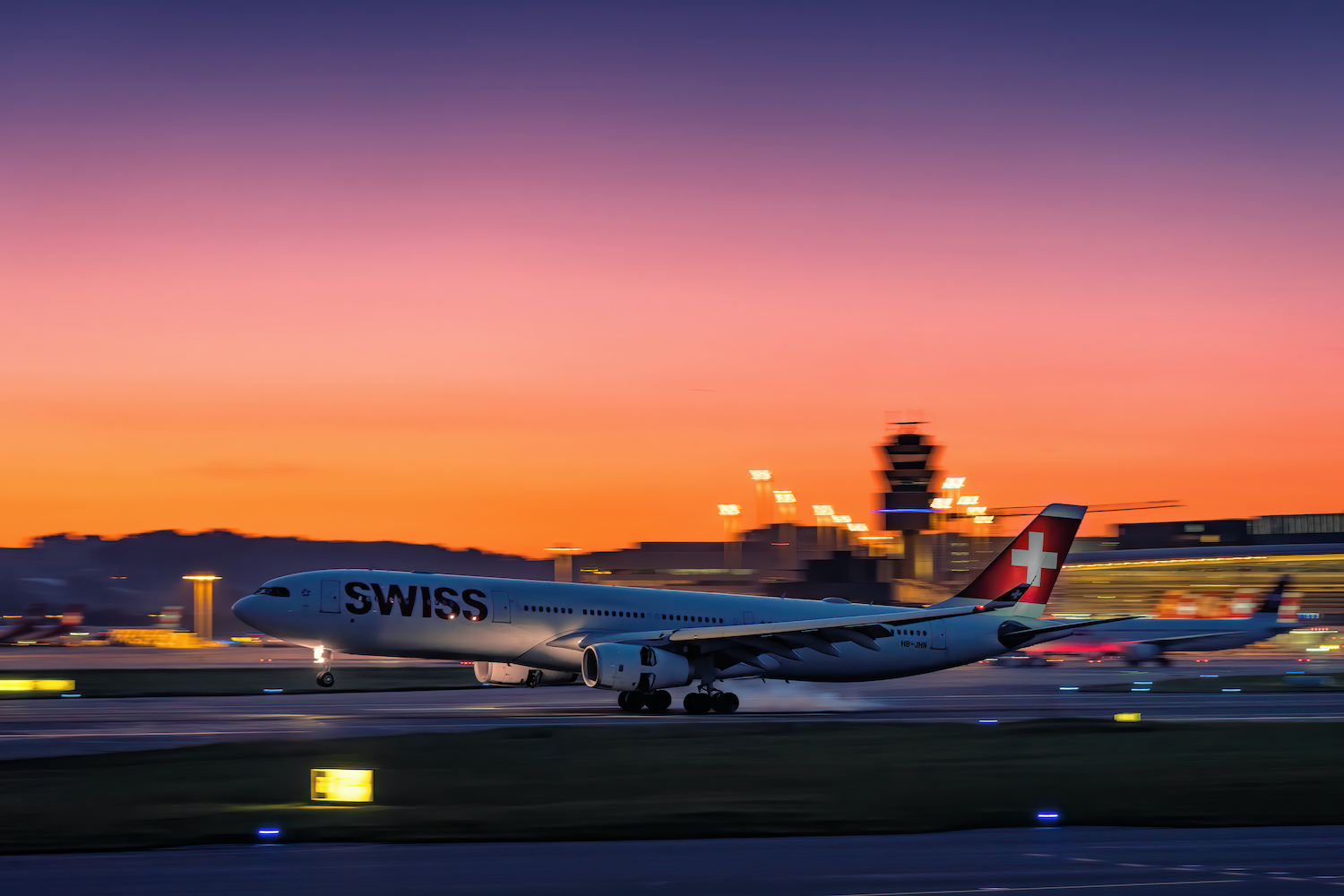
Which Canadian airport is best for planespotting? What separates each airport from the others?
That’s a tough one, since we all have a few strengths of our own. Here in Vancouver, we’re kind of known for the scenery around the airport, but we lack the heavy aircraft traffic – 777s, A380s, etc. – that Toronto and Montreal have. Over there you get a different kind of style, including some really cool de-icing shots in the winter.
Those airports have some cool airlines passing through too: Ethiopian Airlines, Tunisair, Royal Air Maroc, etc. They also tend to have more spots with cool angles to shoot from, since the Vancouver airport is mostly surrounded by water so there’s really only two angles to shoot from.
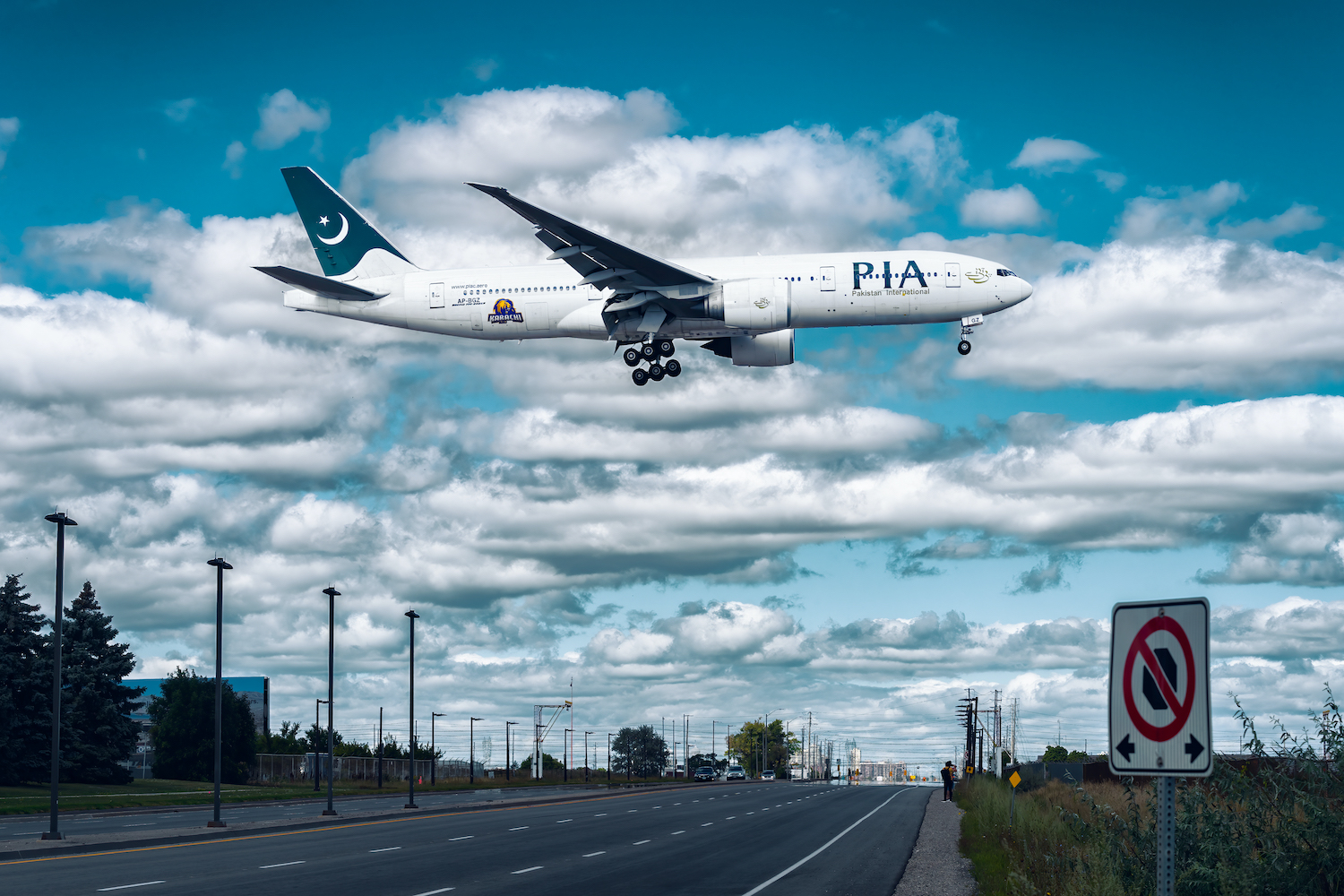
Awesome. And globally, I take it that LAX is one of the most popular planespotting locations for its traffic?
Yep, definitely. Traffic, diversity, frequency all set LAX apart. The other thing is that the weather is always nice, which can’t be said about our airports here in Canada!
Right. And what about elsewhere in the world, what are some other favourite airports for plane spotters?
Amsterdam is a big one. I personally haven’t been there, but it’s at the top on my bucket list of places to go to spot. The reason it’s so good is that they actually have an area where there’s no fences around the runway. So you don’t need to shoot through the fence or bring a ladder or anything, so you can get really close to the runway and get some cool shots (although there’s a moat instead of a fence, so you can’t just walk onto the runway).
Japanese airports are also very popular, since most of them are pretty spotter-friendly: they have dedicated observation decks, and their runway fences tend to have larger holes that allow you to get good shots.
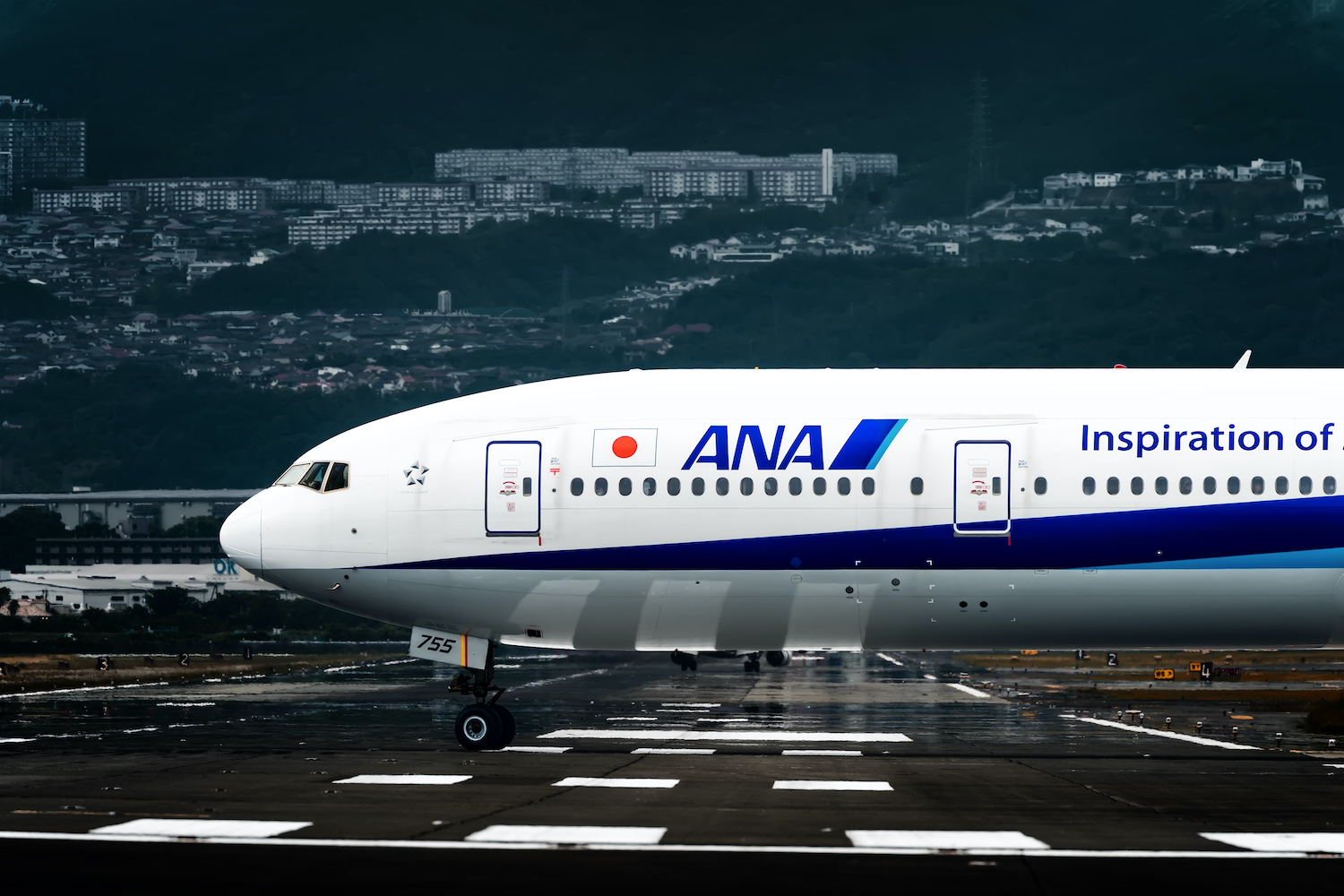
Is that a major obstacle that spotters face? The fence?
Yeah, it’s one of the most common obstacles: the chain-link fence. You need to either try to shoot through the fence, or some people choose to bring a ladder and shoot over the top of the fence. But obviously not everyone can haul around a ladder like that.
So do planespotters ever face any trespassing laws or anything like that?
Some airports are more strict than others, and might disallow spotters from going into certain locations. Although some might trespass here and there just to get the photo, most spotters try to obey the rules and laws at all times so that they don’t ruin it for everyone else.
Tell me about the variety of aircraft. I get the sense that widebody aircraft tends to be more interesting for spotters?
Yep. In general, the bigger the aircraft – 777s, A380s, etc. – the more people will go out and try to get a photo.
Also, special liveries are also a huge deal, like ANA’s Flying Honu A380 or EVA Air’s Hello Kitty planes… those tend to attract a lot of attention from plane spotters, and even regular folks at the airport who might point them out and say, “Look at that cool plane!”

And what’s this phenomenon of “helicopter spotting” all about? I hear it’s one of the more advanced planespotting methods that you’ve recently been dabbling with?
I’ve done helicopter spotting at LAX twice, and then recently I took a helicopter up in Toronto as well. It’s kind of a whole new experience: normally you’re shooting from the ground into the sky, but from a helicopter all the viewpoints and perspectives are different.
You can get air-to-ground shots – unobstructed views of the planes while they’re doing their thing at the gate – as well as air-to-air shots when the plane is taking off or coming in to land. It opens up a whole new dimension from which to take photos, so it’s an amazing experience for dedicated planespotters even though it’s a little pricey.
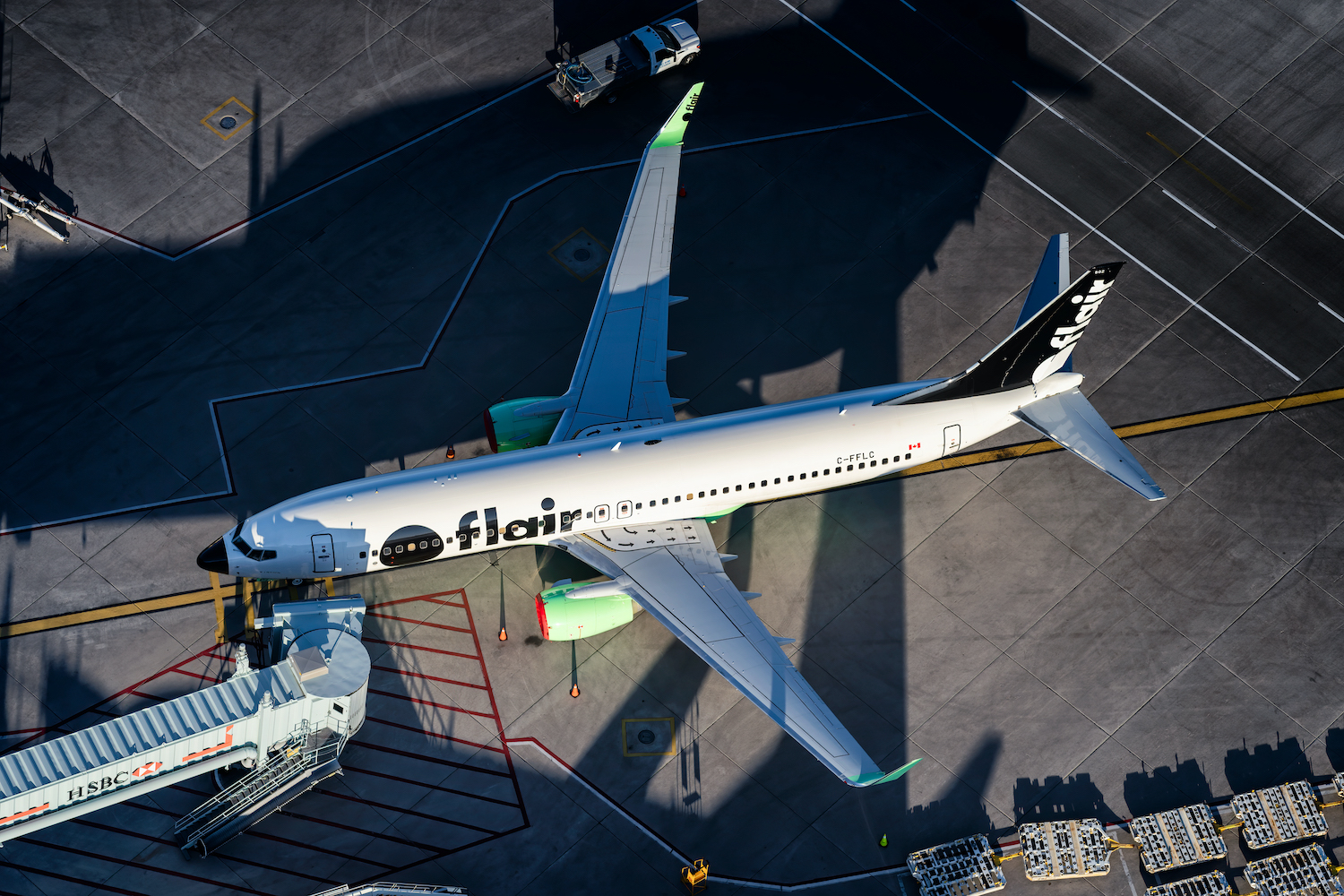
You mentioned that some people make a living off planespotting. What are some of the career goals that some people in this hobby might have?
It’d be similar to a job as a photographer. Some people can make a full-time living from it, while most people are able to achieve some supplemental income on the side. I personally have put my photos up for sale as well, and have gotten a handful of them sold, so it’s a decent passive stream of income.
Next, let’s talk about gear. Do most spotters invest in the big cameras and big lenses to be able to do it properly?
A lot of the younger spotters with a more limited income will start out with a more basic kit, such as a crop-sensor camera with an entry-level lens up to 200mm. That’s what I started with as well – a Canon T2i.
As you get more advanced and get a sense of how to use your gear, you might feel like it’s starting to limit you in the type of photos you can take. Then you might want to upgrade to something like a full-frame sensor with a heavy-duty lens, like my Sony 200–600mm, to get a lot more distance when you take the shot.
But normally, what I tell people is that you can get good shots with any camera as long as you have a telephoto lens. Instead of worrying about getting the right gear, focus on mastering the technique – aperture, ISO, shutting speed, etc. – and getting the full value out of whatever gear you have.
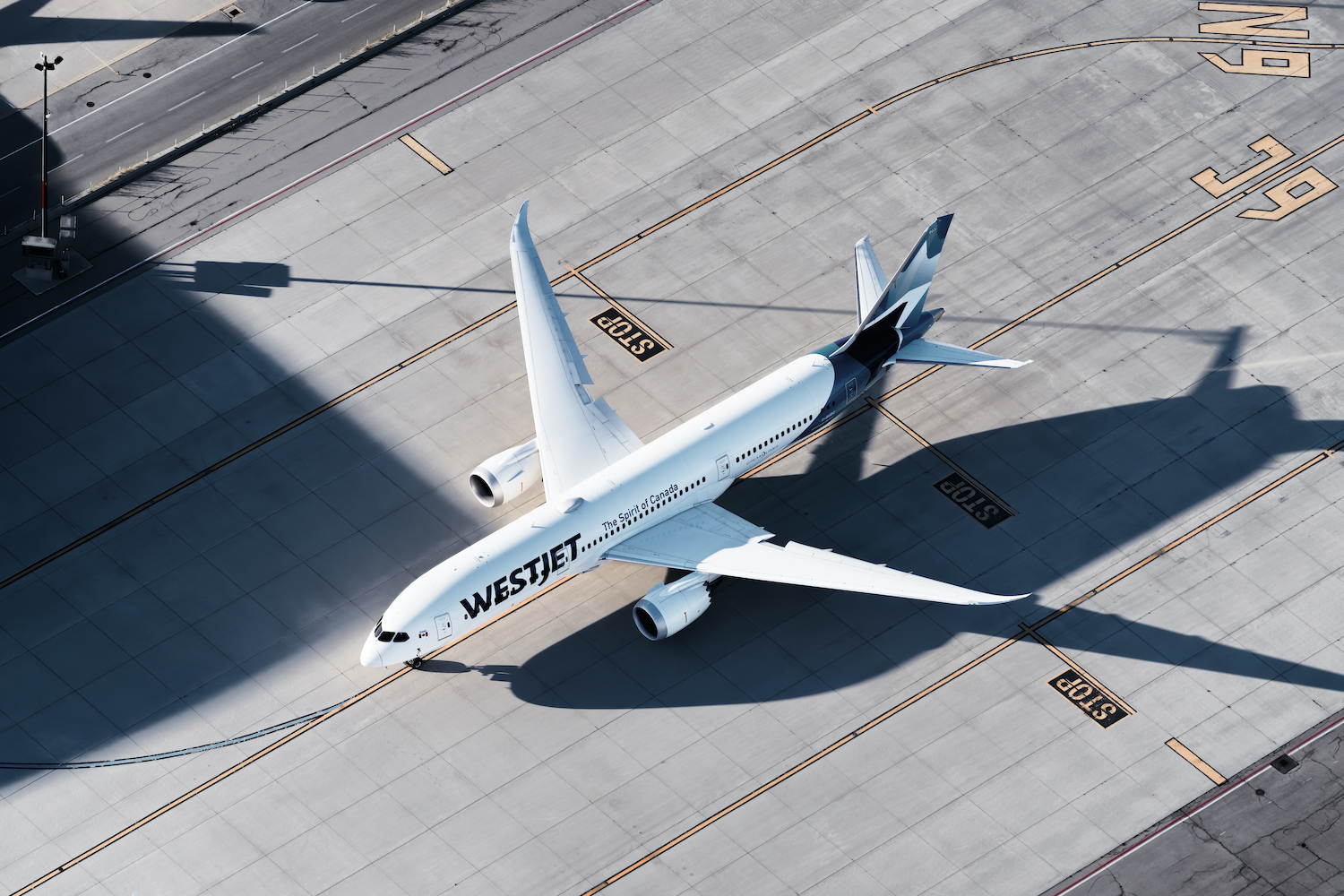
Okay, good to know. And besides the camera, you also needed a radio to keep track of what’s going on near the airport?
Most people don’t have a radio, actually, they just use a service called FlightRadar24 to see where the planes are going. To get more live updates, though, you can use a radio scanner (which you can get off Amazon for $100) to listen to the air traffic control. Obviously you have to obey your local laws – here in North America it’s generally okay to listen to ATC, but some places might prohibit the use of radio scanners.
And then obviously, to use FlightRadar24 properly, you need to have a Tesla with a computer screen on it, right?
Exactly. That’s a mandatory requirement, so that you can see what planes are coming in as you’re driving to the spotting location. You can’t planespot without that!
Alvin, it’s been a pleasure, thanks for telling me all about the world of planespotting. Now let’s go get some hotpot.
Conclusion
Be sure to follow OneMoreWeekToGo on Instagram and check out the OneMoreWeekToGo website for more stunning aviation photography!
I would imagine that most avid travellers out there would have a bit of a natural affinity for airplanes, aircraft, and aviation in general, so I hope you find the pursuit of planespotting as interesting as I do. I know I certainly derive great enjoyment in watching the planes coming and going whenever I’m at an airport (preferably with a drink in hand in the airport lounge, of course).
Having long been curious about this little corner of “aviation geekdom”, I was pleased to finally get a chance to try it out for myself, as well as being able to shine a light on the hobby and share with you the existence of this small but tight-knit and highly passionate global community.
If you enjoy photography, travel, and aviation, you just might want to head over to a dirt hill near your closest airport and try your hand at capturing the beautiful birds of the sky as they come and go… Teslas optional. 😉















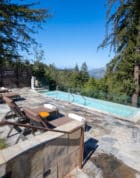

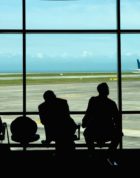

Ahaha we had the same thing. I really cheaped out so the wife and I were in the middle of a 4 seat-middle. And yes, there was a 400 pound (very nice) Polynesian tattoo artist sitting next to her. Owned his own tattoo shop in Paris and offered to take care of me if I ever wanted any Polynesian work done. Very cool tattoo culture!
Just a small note, but French Bee actually stops in SFO, not LAX. I unfortunately only had enough miles to do YYZ – SFO and so took French Bee from SFO to PPT. Due to the timing of the flight (overnight…and our cabin was packed with crying babies) and horrible narrow seats, it’s to date the most uncomfortable flight I’ve ever taken. Felt bad for those that started their journey in Paris and really wished I had shelled out some extra dollars for United.
That’s Brutal! Reminds me of my last flight – Fort McMurray to Calgary on an AC Dash-8. It was a full plane; one of those situations where you watch the people walking down the aisle and pray to god that the small dude sits beside you and not the 400-pounder behind him. I got the 400-pounder lol…. I’ve flown around the world in economy, but nothing compares to how uncomfortable I was sitting beside that overgrown, stinky, illiterate, non-sanitzed gorilla
Right you are Glen. Thanks for sharing, and I do plan to avoid French Bee if I can when I’m headed to PPT… as nice as their plane looks.